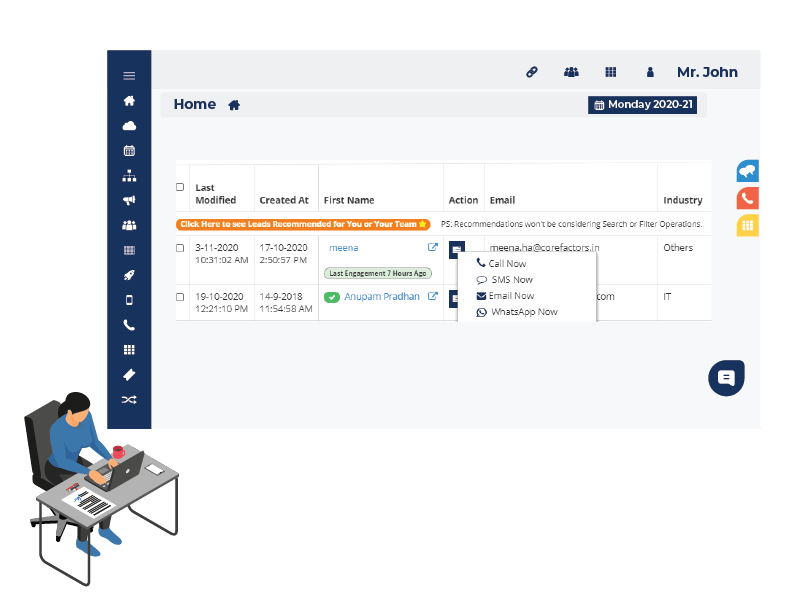Communication with your customers should not be hindered on what platform they prefer to communicate. By keeping this in mind, we have something special for you. And that is; yes, you guessed it right :).
“WhatsApp Now” feature has been added in Lead Box “Action” items. Using this feature, you can send WhatsApp messages to customers by accessing your WhatsApp web application in a new window.
Note: WhatsApp conversation can’t be captured in Teleduce for future reference.







